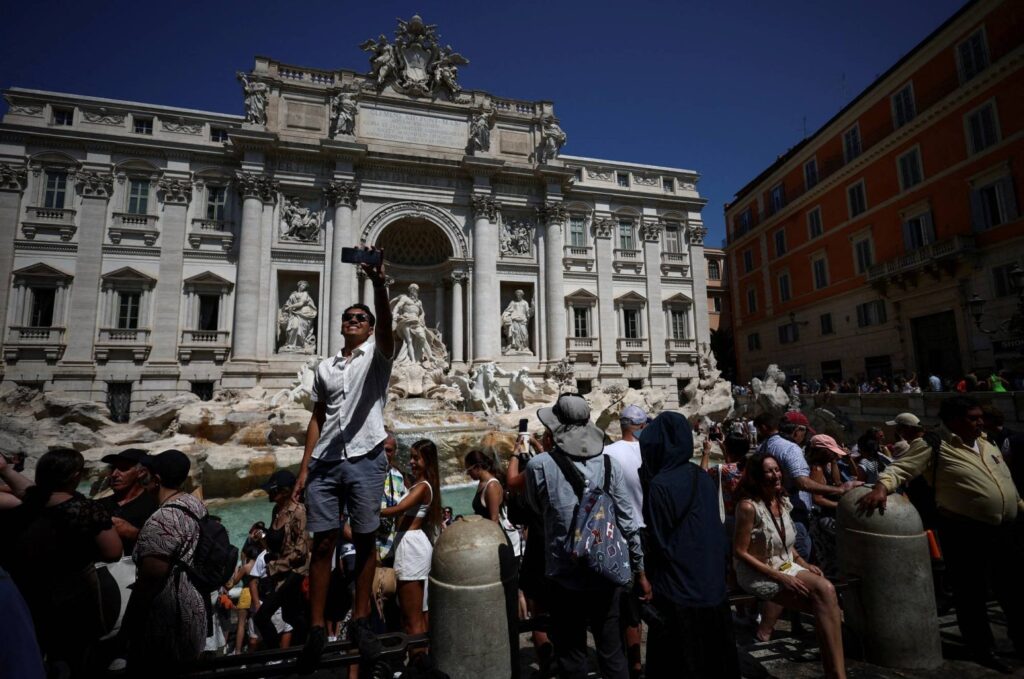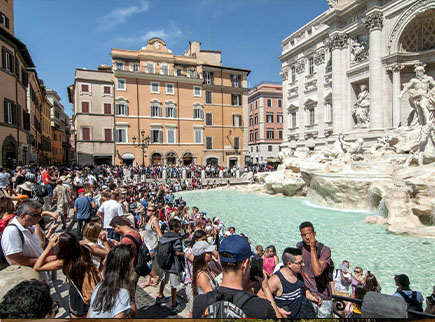Rome, the Eternal City, is bracing for a record-breaking influx of tourists in 2025, with 32 million visitors expected to flock to the city for the Roman Catholic Jubilee. But with great popularity comes great responsibility, and city officials are considering measures to curb the crowds at one of Rome’s most iconic landmarks: the Trevi Fountain.

Under proposed plans, visitors would need to book a time slot in advance to access the fountain, with a limited number of people allowed to visit at any given time. And while locals might get to enjoy the fountain for free, tourists would be asked to pay a small fee – just €1 or €2 – to help manage the crowds.

“It’s becoming technically very difficult to manage the situation at the Trevi Fountain,” Mayor Roberto Gualtieri said, hinting that measures to curb tourist numbers are “a very concrete possibility.”
Rome isn’t alone in grappling with the challenges of overtourism. Cities like Barcelona and Venice have also struggled to balance the economic benefits of tourism with the need to protect their infrastructure and quality of life.

The Trevi Fountain, with its stunning Baroque architecture and cinematic history (who can forget Anita Ekberg’s iconic scene in “La Dolce Vita”?), is a must-see destination for many visitors. But by limiting access, Rome hopes to preserve the fountain’s magic for generations to come.

